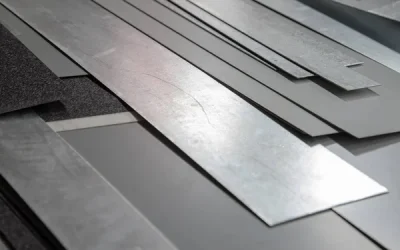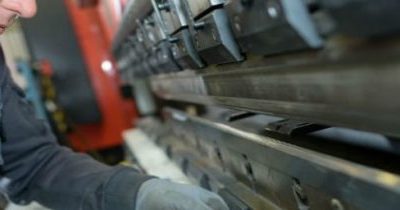Welding fabrication involves a number of methods and techniques. Every project presents a unique set of challenges and circumstances. Professional welders and fabricators must choose the right method for the job.
MIG welding is one of the most commonly used methods of welding fabrication. It may not be the cheapest welding method, but it provides unmatched strength and versatility.
MIG Welding
Metal Inert Gas welding, also called MIG welding, describes the process of welding in which an electric arc forms between the wire electrode and the surface of the material being joined.
MIG welding can be semi-automatic or automatic.
Semi-automatic welding combines automatic equipment and manual welding. Automatic welding involves equipment that is pre-set and that cannot be adjusted while welding is taking place.
MIG welding can be used in conjunction with direct-current, constant-current, or alternating-current sources of power.
MIG Welding Pros & Cons
One of the main advantages of MIG welding is the increase in productivity. Because MIG welding can be semi-automatic or fully automatic, the time it takes to perform the process is significantly reduced.
Other pros include:
- Stronger welds
- Cleaner welds
- Quicker welds
Disadvantages to using the MIG welding technique include:
- Higher cost
- No vertical or overhead welding
- No outdoor welding
Conclusion
MIG welding costs more than similar welding methods because it produces a higher-quality finish than other methods. Stick welding methods, while versatile, tend to deposit flux over the weld bead. This requires a more labor-intensive post-weld cleanup process.
MIG welding comes with a learning curve as well. Welders unfamiliar with the equipment and techniques used in MIG welding will have to develop a thorough understanding before implementing the method in the field.



